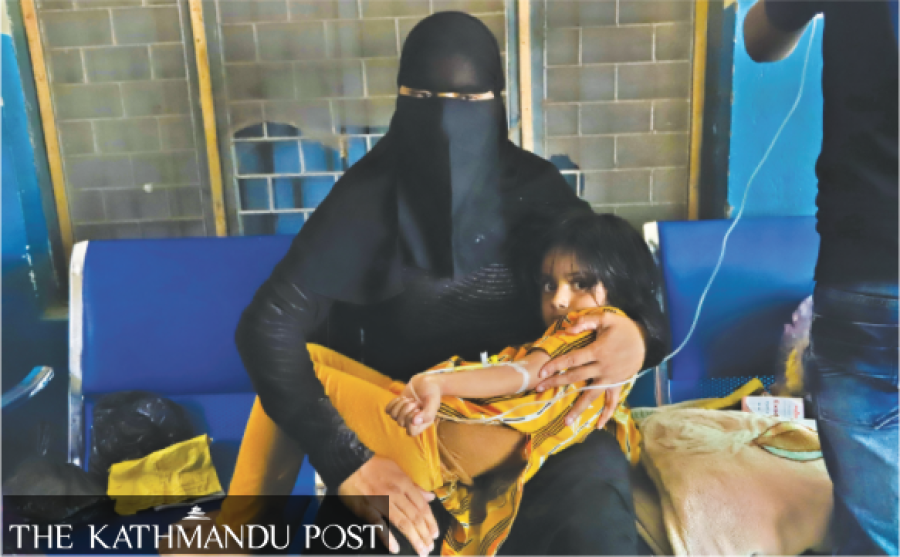Health
Vibrio cholerae responsible for diarrhoeal outbreak in Kapilvastu, test confirms
E. coli bacteria have also been detected in the water samples of the disease-hit areas.
Arjun Poudel
Days after a diarrhoeal outbreak in Krishnanagar Municipality in Kapilvastu, the Ministry of Health and Population has confirmed the presence of Vibrio cholerae 01 Ogawa serotype in stool samples of the patients.
At least four people including three minors–seven- and two-year-old boys and a five-year-old girl–died in wards 7, 8 and 9 of the municipality in the first week of October. Another deceased was a 45-year-old man.
Stool samples of four patients were tested at the provincial Public Health Laboratory in Lumbini Province and National Public Health Laboratory in Kathmandu.
“The tests performed at both laboratories confirmed Vibrio cholerae 01 Ogawa serotype in stool samples,” said a press statement by the Health Ministry issued on Sunday.
E. coli bacteria have also been detected in drinking water samples of the disease-hit areas.
The Health Ministry said 15 water samples were collected in coordination with the World Health Organisation Nepal on different dates and sent to laboratories for tests.
Cholera is a highly infectious disease that causes severe diarrhoea and vomiting, which causes dehydration and can lead to death within a few hours if left untreated. Escherichia coli, or E. coli, are bacteria that normally live in the intestines of people and animals. Most types of E. coli are harmless and even help keep the digestive tract healthy. But some strains can cause diarrhoea when one eats or drinks contaminated food and water.
So far, 885 people have been infected with the diarrheal disease in Krishnanagar Municipality and of them, 25 have been receiving treatment at various hospitals, according to the Health Ministry.
Earlier on October 7, samples of drinking water and stools of the infected people from wards 7, 8 and 9 of the municipality were sent to Kathmandu for tests after the Lumbini Provincial Hospital could not confirm the cause of the outbreak.
Cholera continues to be a major killer in many poor countries which lack safe drinking water and proper sanitation infrastructure.
Nepal is also a cholera endemic country as cases of infection of the disease are detected every year. The disease also continues to be reported in Kathmandu Valley.
Doctors say poor sanitation and contaminated drinking water are the main factors for a cholera outbreak.
“It is very unfortunate that four people died of diarrheal disease,” said Dr Baburam Marasini, former director at the Epidemiology and Disease Control Division. “Due to the failure of the authorities concerned to ensure safe drinking water, hundreds of people are getting infected and several die every year because of diarrhoea and cholera.”
Several agencies of the government including those under the Health Ministry, Ministry of Water Supply and Sanitation, Ministry of Education, Science and Technology and non-governmental agencies spend millions of rupees every year on water and sanitation. However, they have not brought the desired results.
According to Marasini, launching awareness drives against water-borne diseases and ensuring safe drinking water are the only ways to save people from dying of water-borne diseases, including cholera.
The World Health Organisation says cholera is a global threat to public health and an indicator of inequality and a lack of social development.
The UN health agency says that a multifaceted approach is key to controlling cholera and reducing deaths.
A combination of surveillance, water, sanitation and hygiene, social mobilisation, treatment and oral cholera vaccine are required to contain the spread of the infection.
“There is a need to raise awareness and make more efforts to control water-borne diseases. Authorities concerned seem to take diseases like diarrhoea and cholera lightly,” said Marasini. “How can water-borne disease be a small issue, when thousands of people get infected and many die from it.”




 16.12°C Kathmandu
16.12°C Kathmandu














